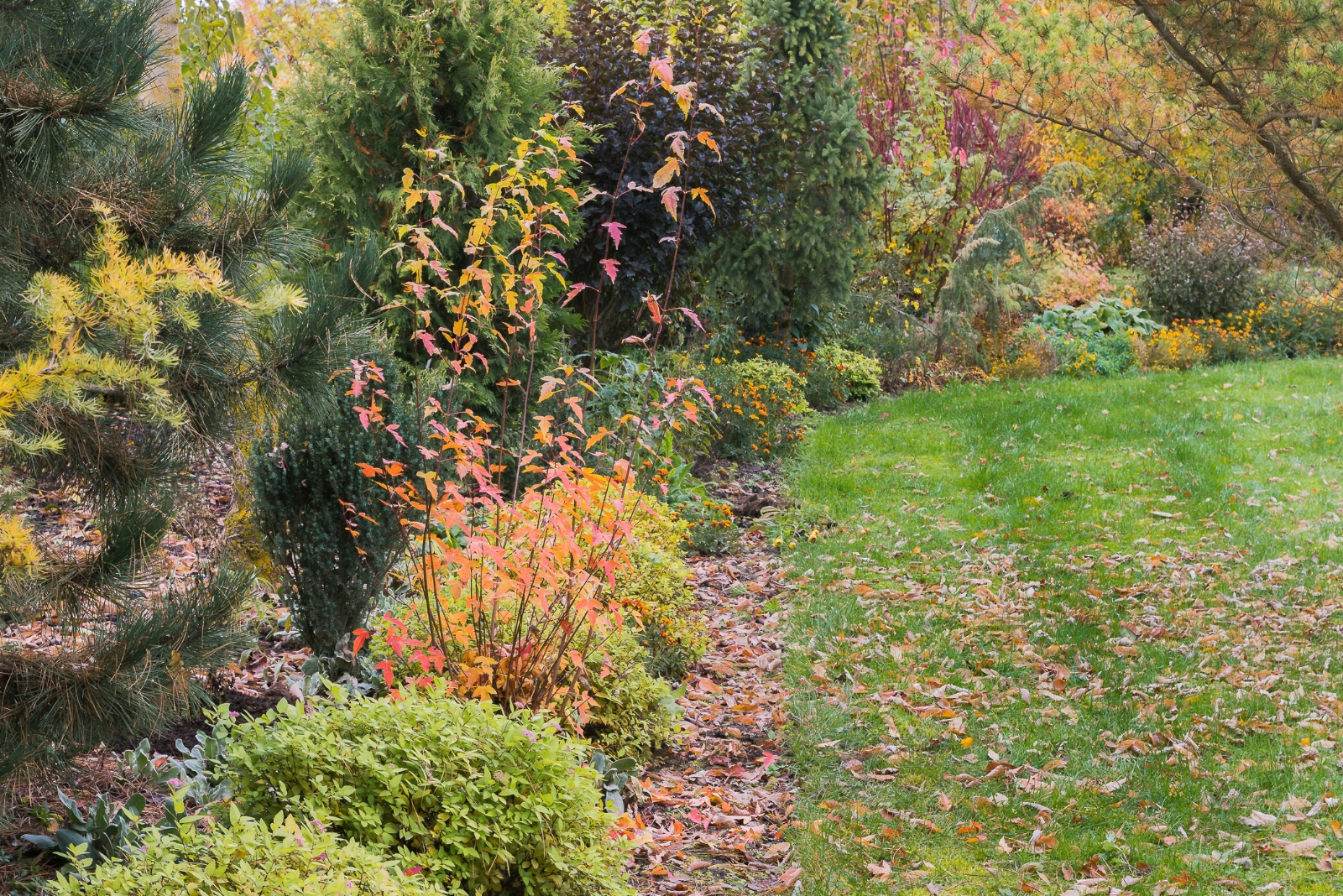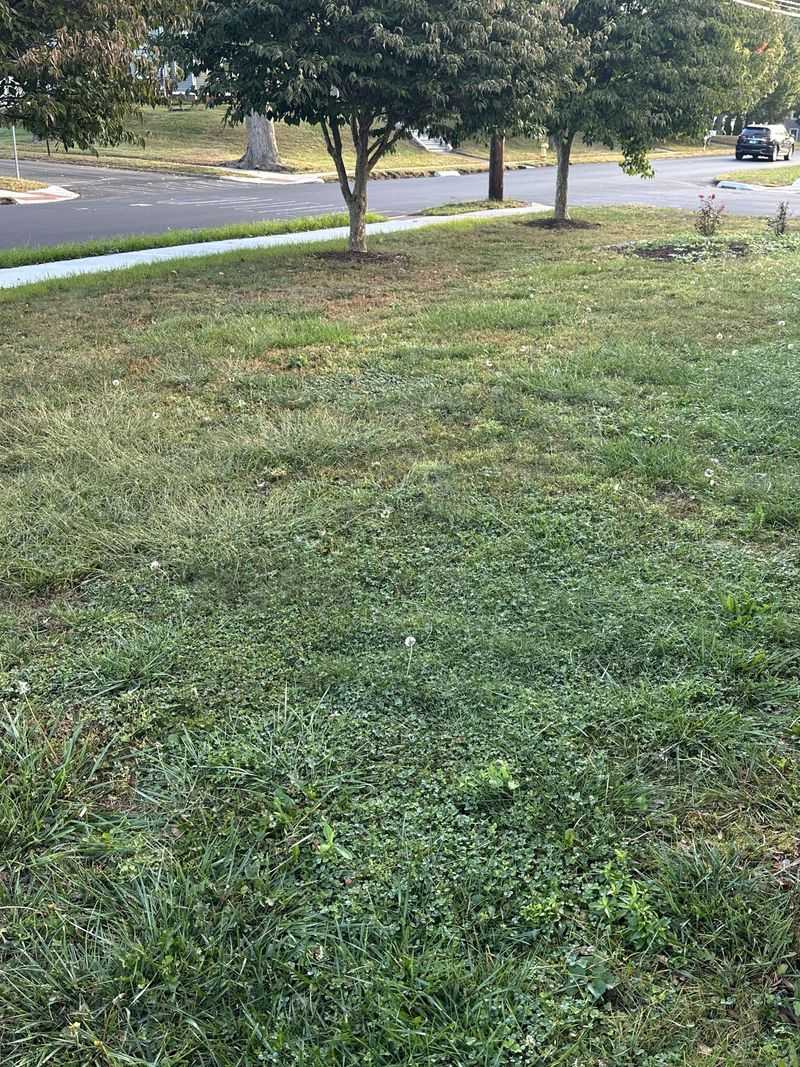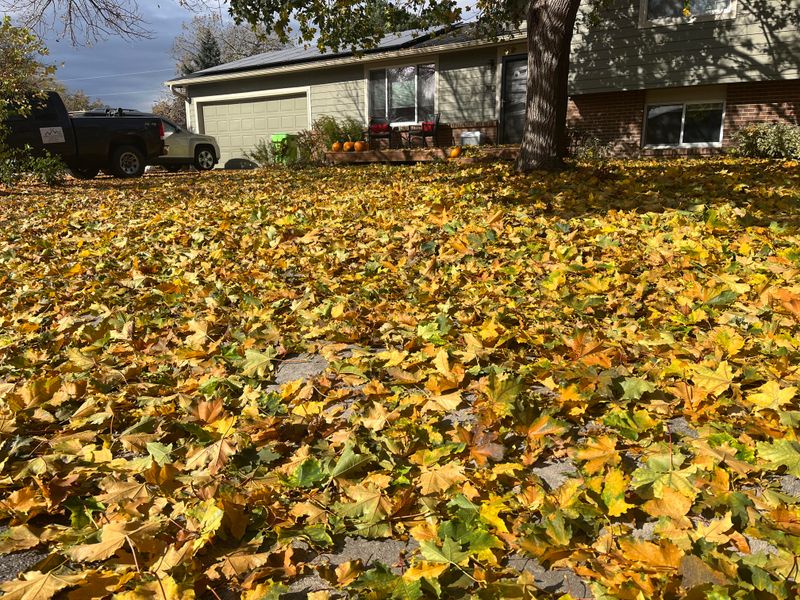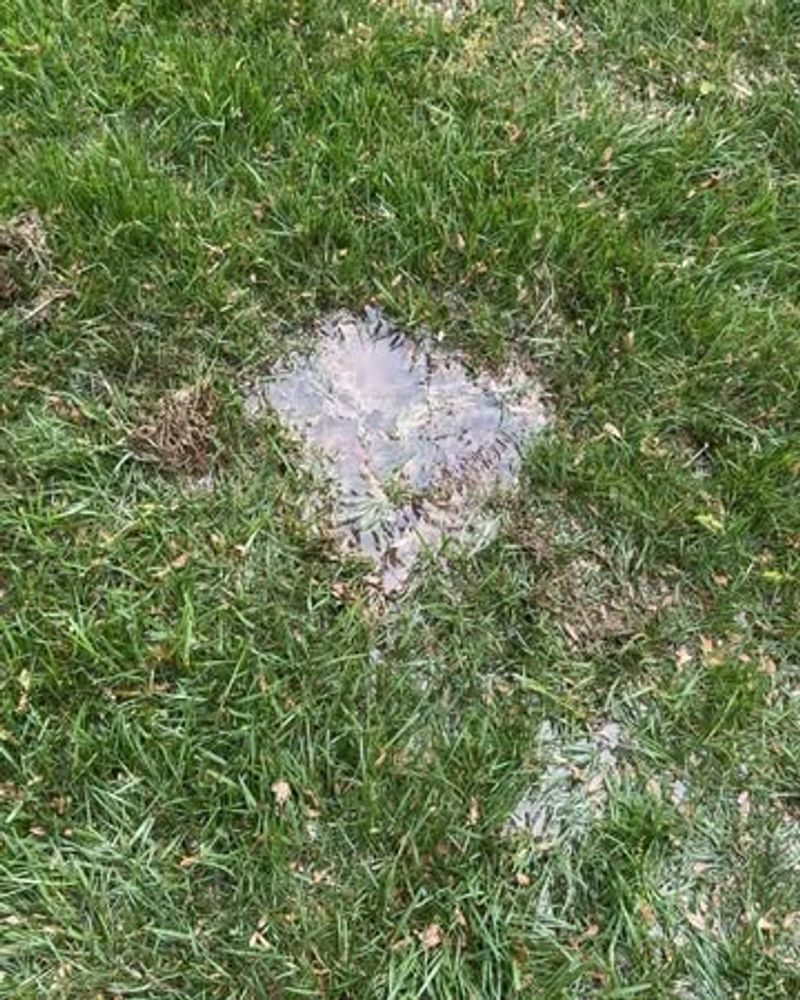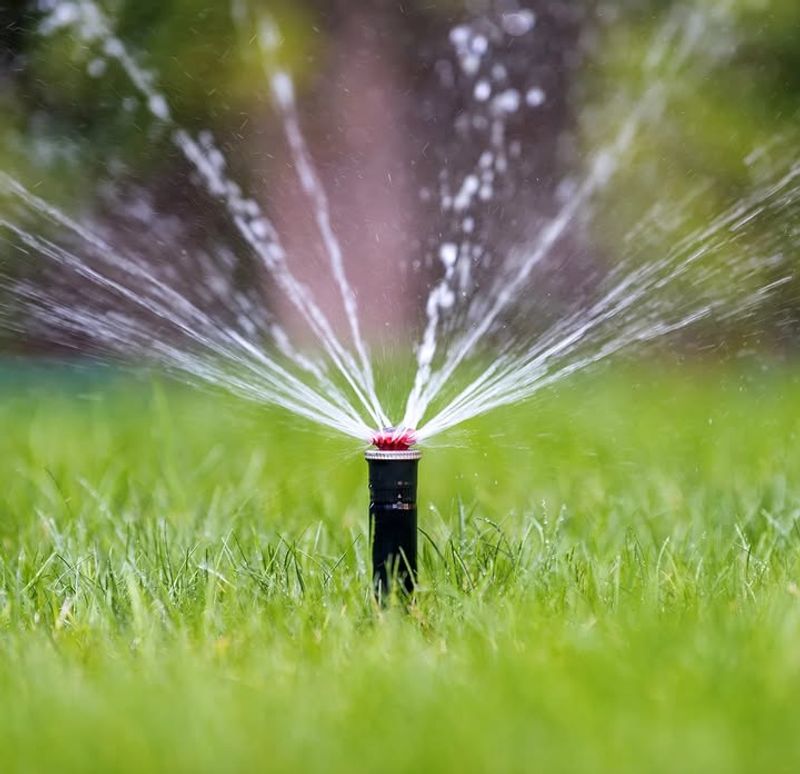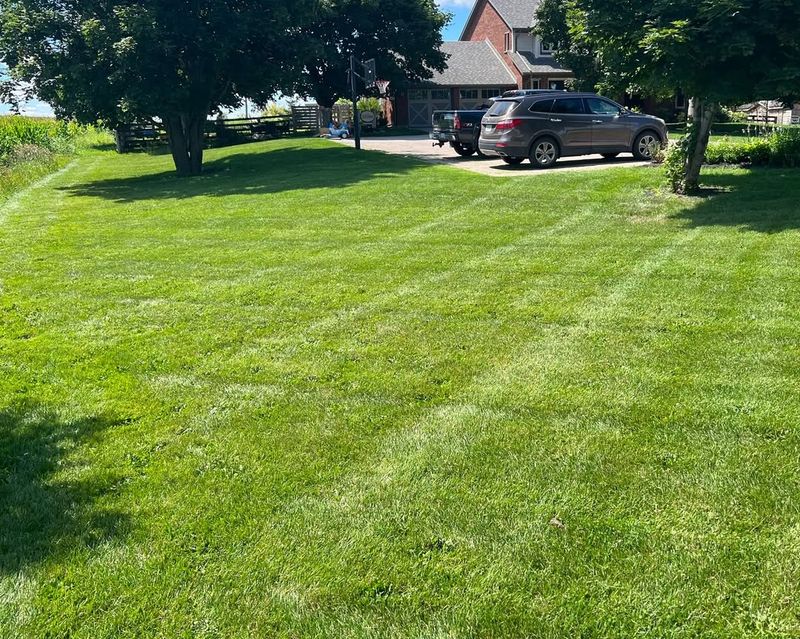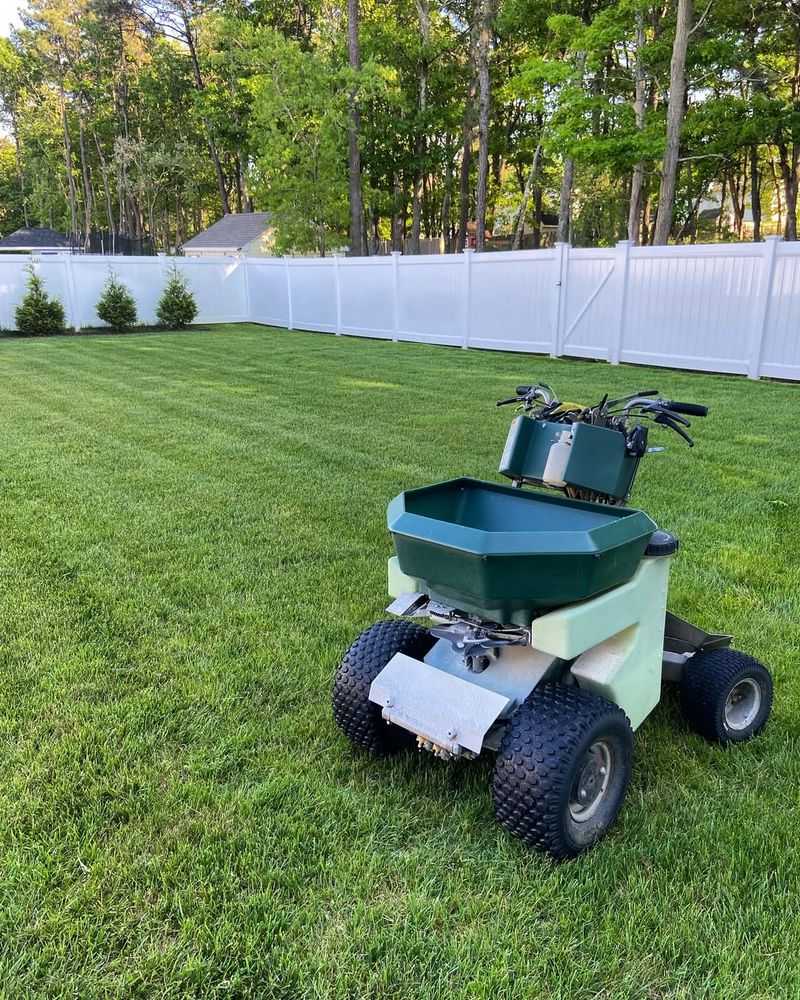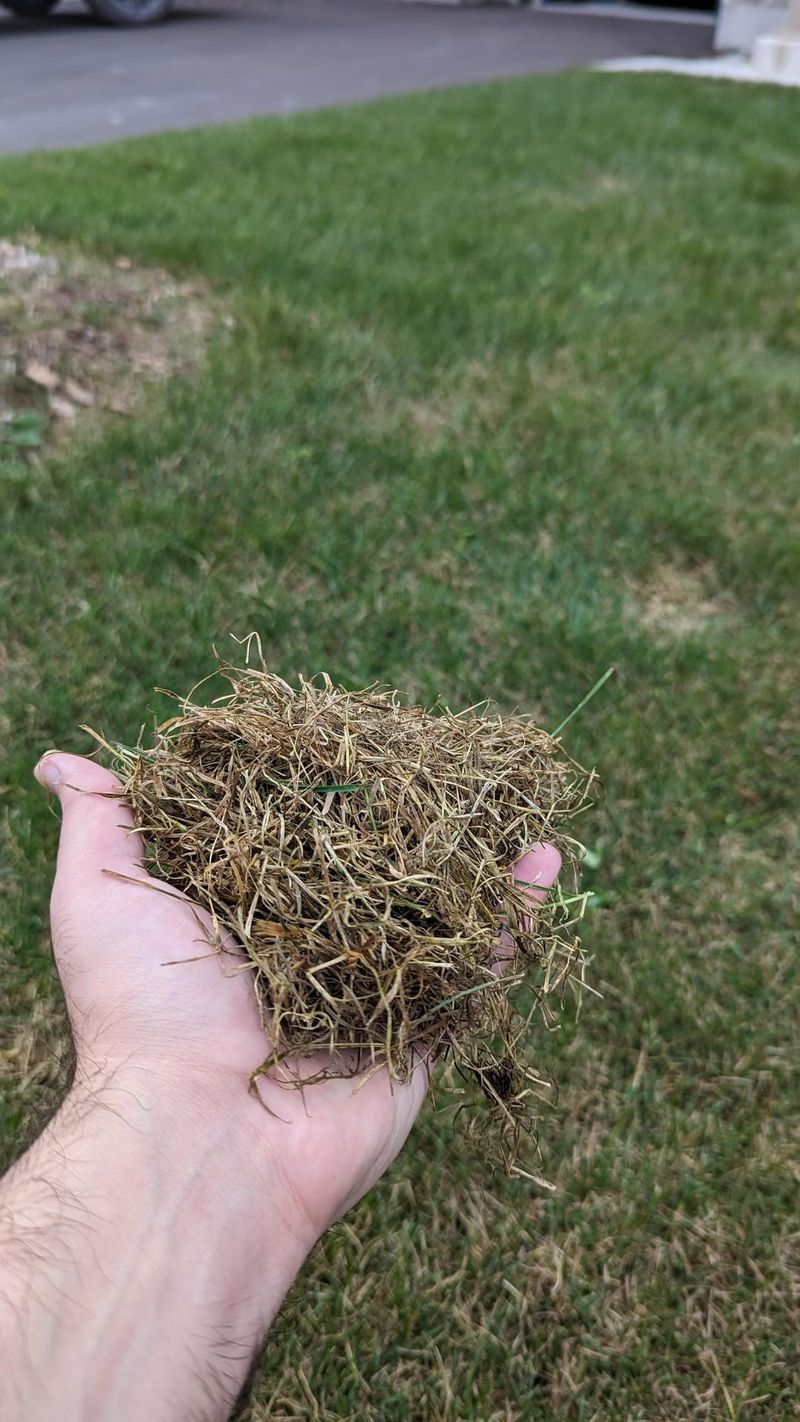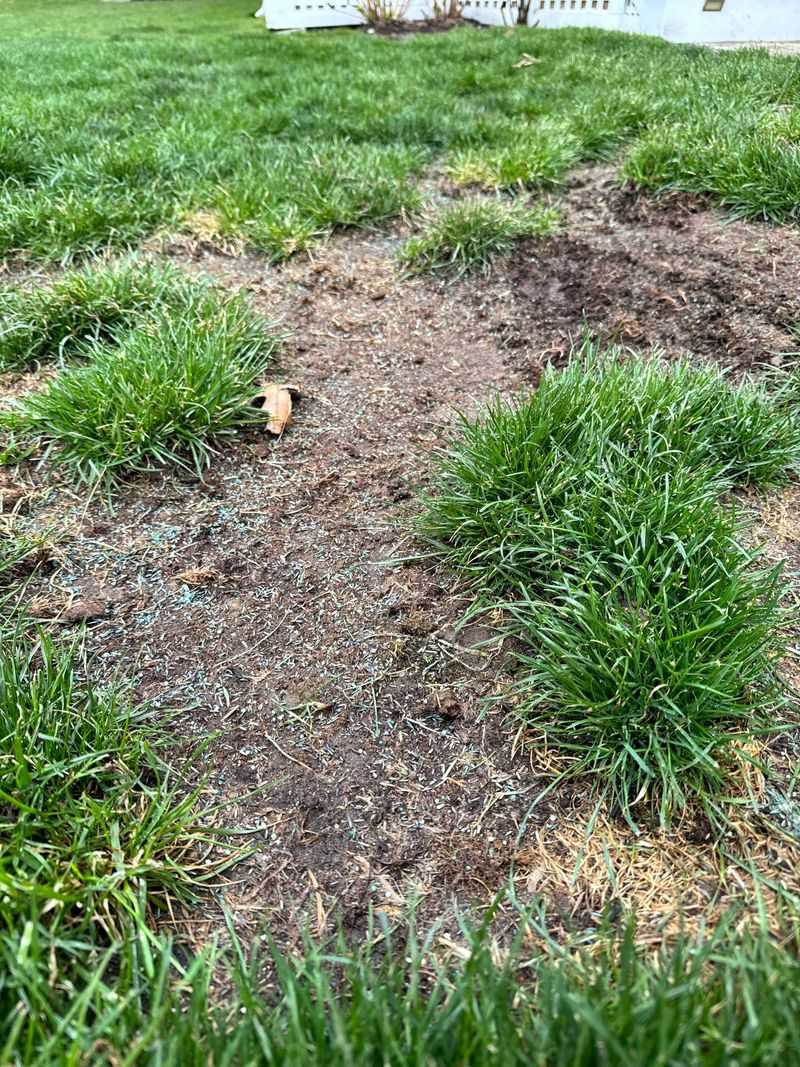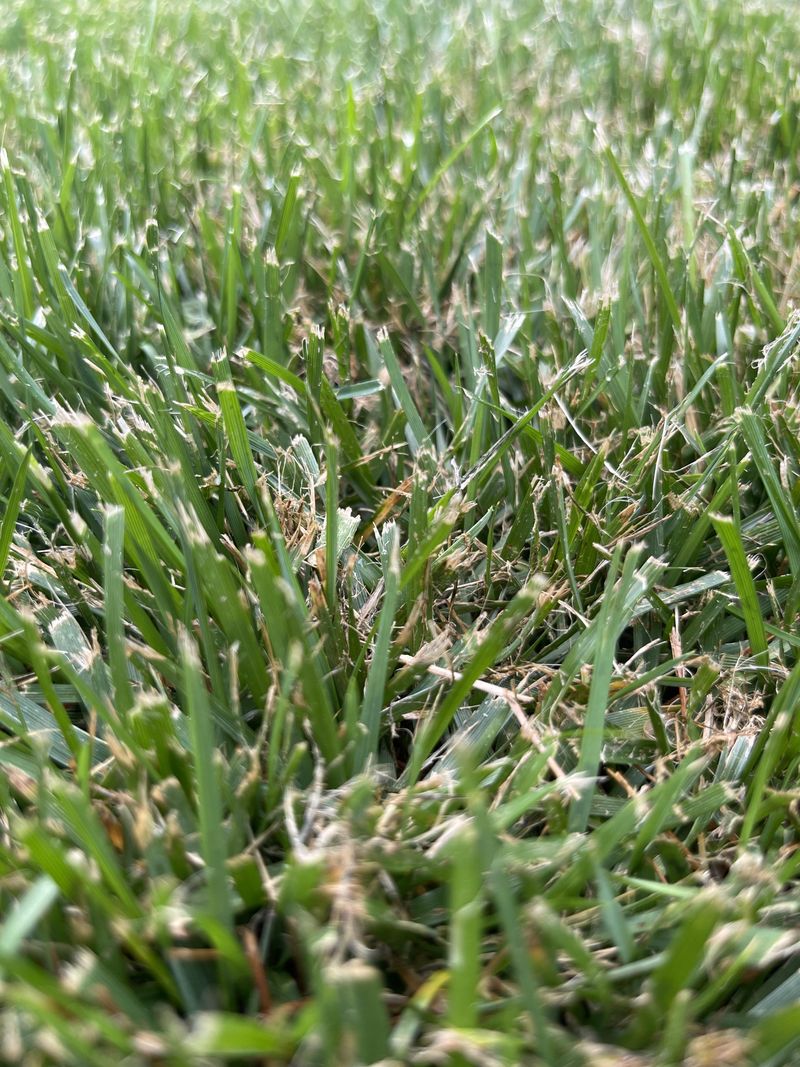Fall is a critical season for New Hampshire lawns, but many homeowners make the same missteps. Over- or under-fertilizing, mowing incorrectly, or neglecting soil can create long-term problems.
Fixing these mistakes now ensures a lush, healthy lawn next year. A little awareness goes a long way toward keeping your yard in top shape.
1. Skipping the Final Mow
Leaving your grass too long heading into winter might seem harmless, but it actually invites trouble. Long blades can mat down under snow, creating perfect conditions for snow mold and other fungal diseases that thrive in New Hampshire’s cold, wet winters.
Your last mow should bring grass down to about two inches. Shorter grass stays healthier through winter and greens up faster when spring arrives, giving you a head start on a beautiful lawn.
2. Ignoring Fallen Leaves
Those gorgeous autumn leaves blanketing your yard might look pretty, but they’re suffocating your grass underneath. When leaves pile up, they block sunlight and trap moisture against the turf, which can kill grass and encourage disease.
New Hampshire yards get buried under tons of leaves each fall, so regular raking or mulching is essential. Break up the task into weekly sessions, or use a mulching mower to chop leaves into tiny pieces that actually benefit your soil.
3. Over-Fertilizing Late in Season
Pumping too much fertilizer into your lawn late in autumn can backfire badly. Grass naturally slows its growth as temperatures drop, and excess nitrogen forces tender new growth that won’t survive New Hampshire’s harsh winter freezes.
Apply a slow-release fall fertilizer in early to mid-September instead. This timing gives grass roots the nutrients they need without pushing vulnerable top growth. Your lawn will thank you by emerging stronger and greener next spring.
4. Watering Too Much or Too Little
Finding the right watering balance in fall can be tricky for New Hampshire homeowners. Too much water combined with cooler temperatures creates soggy conditions where fungus loves to grow, while too little leaves grass stressed and vulnerable.
Most lawns need about one inch of water weekly, including rainfall. As temperatures drop, reduce watering frequency but don’t stop completely until the ground freezes. Monitor weather patterns and adjust accordingly to keep grass healthy but not waterlogged.
5. Neglecting Aeration
Compacted soil is a silent lawn killer that many people overlook. After a summer of foot traffic, mowing, and play, your New Hampshire yard’s soil gets packed down tight, making it hard for air, water, and nutrients to reach grass roots.
Fall is actually the perfect time to aerate because grass can recover before winter. Rent a core aerator or hire a professional to punch holes in your lawn. Your grass will breathe easier and grow thicker.
6. Applying Weed Killer at Wrong Time
Timing matters enormously when it comes to weed control. Many homeowners in New Hampshire make the mistake of applying weed killer too late in fall when weeds have already gone dormant and treatments become ineffective.
Target broadleaf weeds in early to mid-fall while they’re still actively growing and absorbing nutrients. Products work best when temperatures are between 50 and 75 degrees. Late applications waste money and can harm your lawn without killing weeds effectively.
7. Letting Thatch Build Up
That spongy layer between your grass and soil isn’t doing your lawn any favors. Thatch buildup happens when dead grass stems and roots accumulate faster than they decompose, creating a barrier that blocks water and nutrients.
If your thatch layer exceeds half an inch in your New Hampshire yard, it needs removal. Rent a dethatching machine or use a thatching rake to pull out the excess. Fall is ideal for this task because grass can recover quickly.
8. Forgetting to Overseed Bare Spots
Bare patches and thin areas won’t magically fix themselves over winter. In fact, they’ll likely get worse as weeds move in come spring, taking advantage of the open space in your New Hampshire lawn.
Early fall offers the best conditions for overseeding because soil stays warm while air temperatures cool down. Spread grass seed over problem areas, keep them moist, and watch new grass establish before winter. You’ll have a fuller, healthier lawn next year.
9. Using Dull Mower Blades
Dull mower blades tear grass instead of cutting it cleanly, leaving ragged edges that turn brown and invite disease. Many New Hampshire homeowners don’t realize their blades need sharpening until their lawn starts looking shabby despite regular mowing.
Sharp blades make clean cuts that heal quickly and keep grass healthy heading into winter. Sharpen or replace your mower blades at least once per season, and definitely before that final fall mow. Your lawn will look noticeably better immediately.

